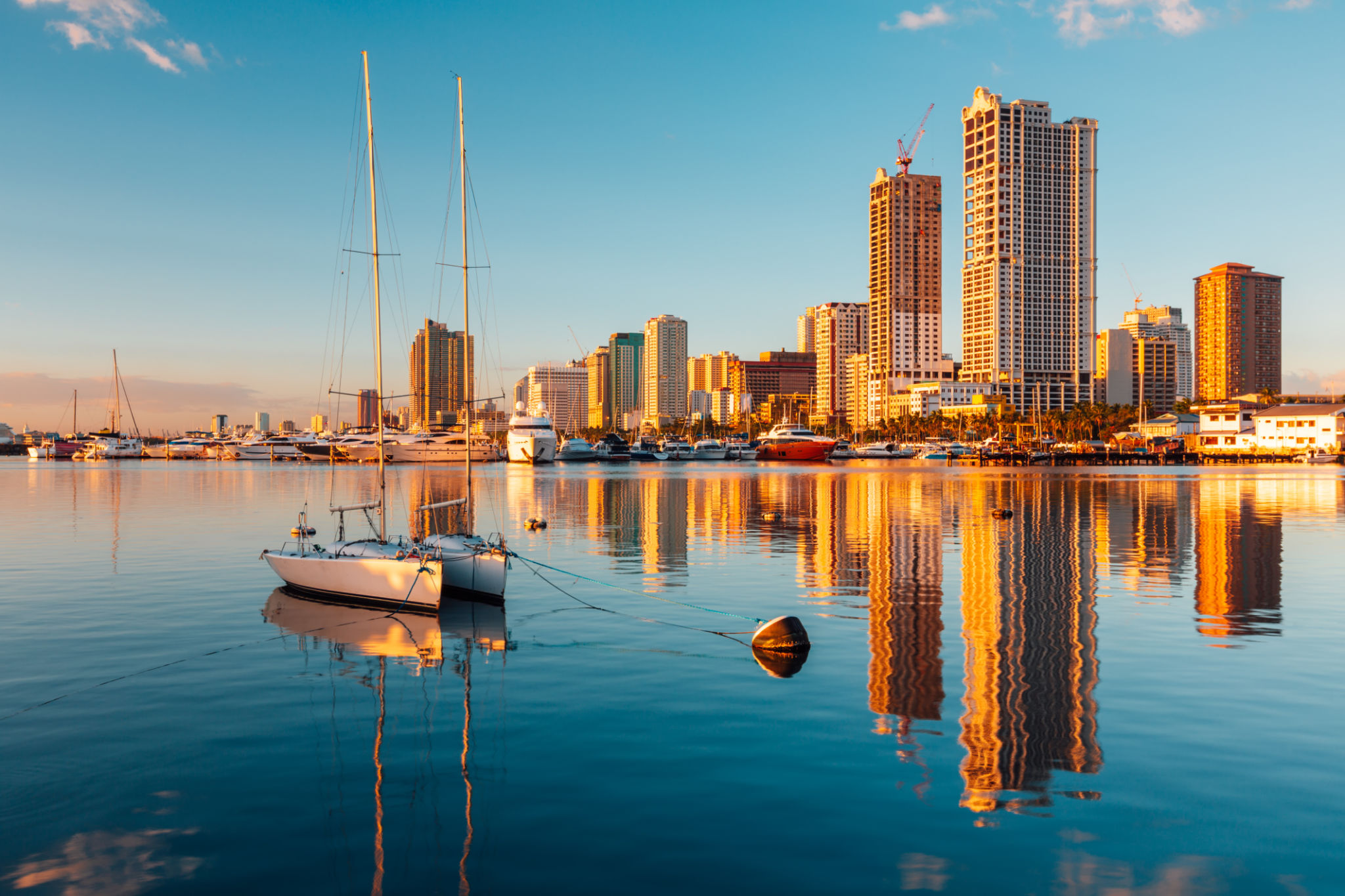The Ultimate Guide to Commercial Property Development in the Philippines
Understanding Commercial Property Development
Commercial property development in the Philippines is a booming industry, driven by rapid urbanization and a growing economy. This process involves the construction and management of spaces intended for business use, such as offices, retail outlets, and industrial facilities. Understanding the nuances of this sector can lead to lucrative investment opportunities.

Key Considerations Before Diving In
Before embarking on a commercial property development project, it is essential to conduct thorough research and planning. This includes identifying potential locations, understanding local zoning laws, and assessing the demand for specific types of commercial spaces. Additionally, aligning with local government regulations is crucial to avoid legal hurdles.
Financing Your Project
Securing funding is one of the most critical steps in commercial property development. Options include bank loans, private investors, or joint ventures. It's vital to present a comprehensive business plan to potential financiers, highlighting projected returns and market analysis. Proper budgeting will ensure the project remains financially viable throughout its lifecycle.

Designing for Success
The design phase of commercial property development is where creativity meets practicality. Collaborating with architects and designers to create spaces that are both functional and aesthetically pleasing can set your property apart from competitors. Consider incorporating sustainable design elements to appeal to environmentally conscious businesses.
Incorporating Technology
Modern commercial properties are increasingly incorporating technology to enhance efficiency and tenant satisfaction. Smart building technologies, such as automated lighting and climate control systems, can reduce operational costs and improve energy efficiency. Offering high-speed internet connectivity is also essential for attracting tech-savvy businesses.

Construction and Project Management
Once the design phase is complete, the construction process begins. Hiring experienced contractors and project managers is critical to ensure that the development stays on schedule and within budget. Effective communication and regular progress reviews can help mitigate potential delays or cost overruns.
Marketing Your Commercial Property
After construction, marketing your commercial property effectively is crucial for attracting tenants or buyers. Utilize online platforms, social media, and real estate agents to reach a broader audience. Highlight the unique features and benefits of your property, such as location advantages, modern amenities, or accessibility.
Building Long-Term Relationships
Establishing strong relationships with tenants is essential for maintaining high occupancy rates. Provide excellent customer service and address concerns promptly to foster a positive experience. Regularly updating facilities and offering flexible leasing options can help retain long-term tenants.

Navigating Challenges in the Industry
The commercial property development sector is not without its challenges. Economic fluctuations, changing government policies, and evolving market demands require developers to stay informed and adaptable. Engaging with industry experts and participating in real estate forums can provide valuable insights into overcoming these challenges.
In conclusion, commercial property development in the Philippines offers vast potential for those willing to navigate its complexities. With careful planning, strategic execution, and a keen understanding of the market, developers can create successful projects that contribute significantly to the country's economic growth.
